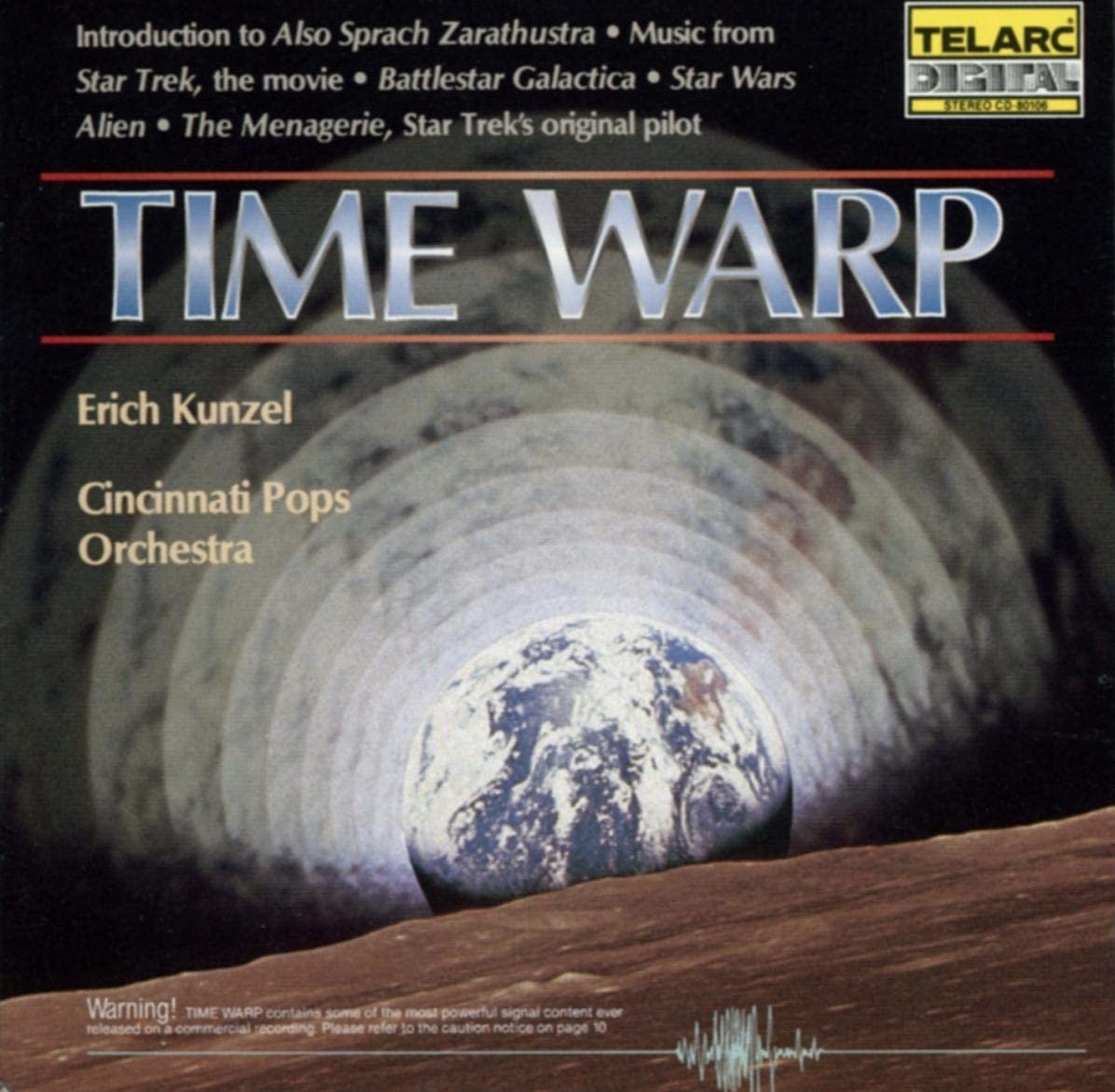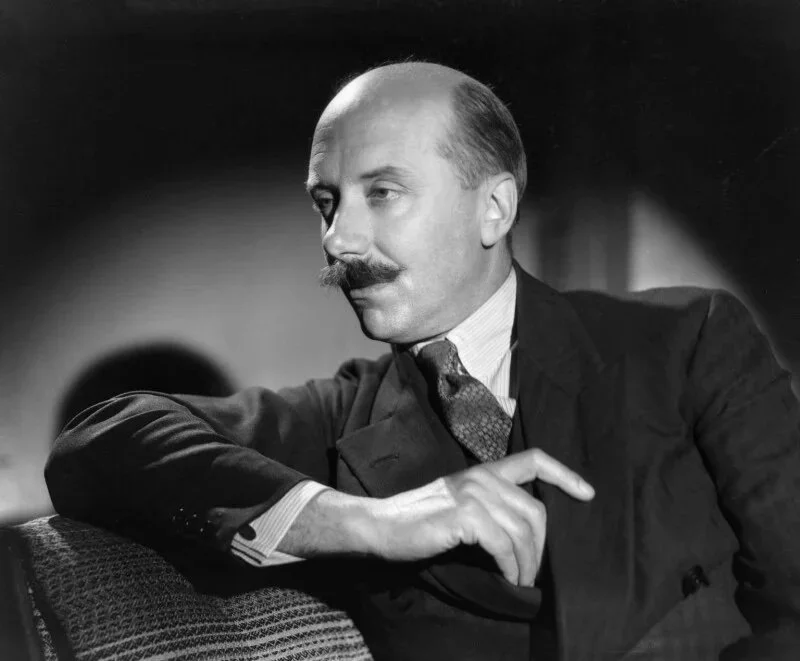Whatever happened to Telarc?
At the advent of the digital recording age, major labels such as Decca, DG and EMI were all in. But several boutique companies also took charge and hired the very best engineers and producers who then hired the very best talent for the exciting new medium. Telarc was chief among them.
Much of Telarc’s talent is American—back then primarily homegrown in the founding city of Cleveland, Ohio. The company was started in 1977 by two classically trained musicians and teachers, engineer Jack Renner and producer Robert Woods. Between them, they garnered 50 Grammy Awards and have released over 600 recordings to date in the classical, jazz and soundtrack genres.
In 1979 Telarc released its most (in)famous vinyl record, the Cincinnati/Kunzel 1812 with the famous cannons. I remember adding a penny to my turntable’s headshell so the arm could track the enormous groove! By 1982, Telarc began releasing their recordings on compact discs.
Even though many releases may be found on vinyl, Telarc’s fame came in the CD case. I’ve listed my ten favourites here (I could have nominated 50 or 60 as first-class recommendations). Although not a Streaming the Classics post (many Telarcs are ready to stream, but I see none of the early masterpieces have been remastered to SACD standard) this article includes CD copies of my Telarc choices, all highly recommendable for both recording and performance.
Inevitably, after a superb twenty-year run of releases, Telarc merged with another company in 1996. And while they were still releasing fine recordings, there was nothing that could compare to the Renner/Woods heyday. Things went further afield when they were purchased in 2005 by Concord Records. And while Telarc continues to release recordings (lots of re-releases and compilations of previous material), I feel both sonics and talent (David Russell, guitarist, and a couple of the jazz artists notwithstanding) are a shadow of what the company originally offered.
So, Telarc is still around, but if you’re my age and a collector, you’ll remember the Telarc recordings appearing in the late ‘70s and through the ‘80s thick and fast with music fans very excited about each release.
Reference Recordings, under Prof. Keith Johnson (Ref’s resident genius engineer), began like Telarc and surpassed them with releases using the London Philharmonic and other first-rank orchestras. But soon after, the same problem as Telarc in the 2000s. Financing. Paying the best professionals is very expensive. So Reference began using 2nd and 3rd-tier orchestras (lately, in conjunction with Soundmirror, Reference is releasing recordings with the Pittsburgh Symphony that are highly regarded by many). And while some lovely sounding recordings were released, scrutiny of the playing shows some weaknesses. Same for the latter-day Telarc orchestras.
At its peak, Telarc recorded the Philharmonia, Cleveland, Cincinnati, St. Louis, Royal Philharmonic, Los Angeles Philharmonic, Atlanta, Baltimore, Boston and others. As Telarc was the golden label of its time, unless an orchestra was tied down to a major label, they wanted in.
Telarc released jazz recordings, too, with some of the very best artists in the genre, including Andre Previn, Oscar Peterson, Clark Terry and others. While many CDs are fine, none eliminated my daily need for a Rudy van Gelder LP. The same cannot be said of soundtracks, where Telarc really enhanced its reputation and made the name of the Cincinnati Pops under Erich Kunzel. Releases like Star Tracks, Roundup and Time Warp cemented the Cincy group as worthy companions to the Boston Pops. And the recorded quality was (is) divine.
Some fabulous western soundtracks, too, Round-Up a prime example. Complete with crackling fire and gun effects.
If the repertoire catches your eye, you can guarantee a ride and a half with any of Kunzel’s “space” or western CDs. The vaunted bass drum sound that freaked everybody out on initial Telarc releases, was perfected on these albums. They are all dynamite.
As success grew into success and the digital domain was here to stay, Telarc added digital “effects” to their releases and ensured you read about them on a sticker on the front of the CD. Primarily gimmicks, but even with today’s audio standards and loudspeaker circuit breakers, take heed of the warnings. Photo below: “Caution: Digital Thunderstorms”.
As we have moved from CD to streaming, there is much written about the CD's return. Be sure to save yours. And just like there are no more 25-cent records, it’s the same for second-hand CDs. Just a year or two ago, you couldn’t give CDs away.
About half of the Telarc 600 releases are classical. I’ve given you 10 in this post. You’ll have your favourites. I asked our team, and a posted on Mastodon, Facebook and Twitter for people’s favourites. Many echoed my choices, but some were very passionate about their choices. I’m sure you are about yours. Please add yours in the Comments below.
Several mentioned this gem of a release on my social media. I had a listen. They are spot on. A fantastic CD.
In the here and now, we need three comprehensive Telarc box sets, classical, soundtracks and jazz. Carefully curated, well-priced. Sure, there are budget mini boxes and samplers available, but they are too limited. We need three large boxes to enjoy, with original jackets and a cool box design. And with no remastering costs, it should be a quick and easy money-maker for Telarc’s owners.
The greatest “band” record ever. Basically, the Cleveland Orchestra wind and percussion section under the US’ finest band conductor playing the very best music written for band. Mesmerizing in every way.
Previn’s earlier LSO/RCA RVW cycle gets all the love, but this London Symphony features very fine playing from the RPO in some of the most glorious sound you’ll ever hear from a CD.
Superb singing and playing from the Atlanta forces. William Preucil’s violin playing is exquisite on this album. Of course, the Fauré is magnificent, but the Duruflé is even more beautiful, IMO.
The two famous pieces are excellent, but Nobilissima Visone gets a reading second to none in the most amazing sound. Some of the greatest piccolo playing you’ll ever hear, too.
Fine performances in legendary sound. Watch your tweeters when the canons come in.
In a field of many, one of the best. Fans of the trombone, this is the one to get.
Because of the Mehta Decca and Previn EMI, this one always flies under the radar. It’s 1977 performance and recording royalty. So good.
By this time, William Preucil had taken over as lead violinist. The quartet plays brilliantly with a dynamite recording.
Charlie Mac brings his typical magic to Haydn. Check out the horns in 31. Magnificent.
Does the world really need another Nutcracker? When it’s played and recorded as well as this gem, yes!
A highlight of my small CD collection. With a “Lento’ second to none. Insanely beautiful playing and recording.




















